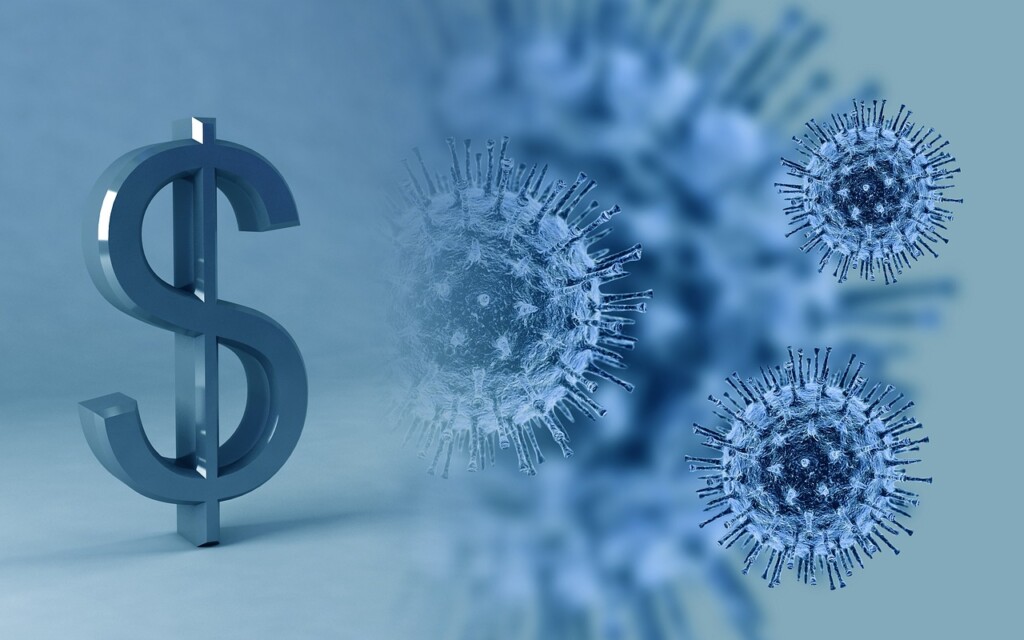
Blog
June 30, 2025 | Source: Regeneration International | by Dr. André Leu D.Sc., BA Com., Grad Dip Ed., International Director, Regeneration International
Testing shows that most foods and, consequently, people worldwide carry a mix of pesticide and chemical residues. [1] Regulatory authorities claim that these levels are safe because they are below maximum residue limits (MRLs) and the acceptable daily intake (ADI), as well as other so-called safe limits. In the previous three articles, I have shown that the methods used to assess the safety of these levels are severely inadequate for this purpose.
The current model of toxicology (the science of poisons) is based on the idea that the smaller the dose, the lesser the effect of the poison. When animal testing shows that a certain dose of poison causes no observed adverse effects (NOAEL), this dose becomes the basis for determining the ADI. The ADI is usually calculated by dividing the permitted amount by a factor of one hundred.
Regulatory authorities then contend that any residue levels below the ADI or MRL are too low to pose health risks. This model assumes that the toxic effect declines in a steady, linear fashion with lower doses until the compound is no longer toxic. It is based on Paracelsus’s maxim, the sixteenth-century physician and father of toxicology, who stated, “All things are poison and nothing is without poison; only the dose makes a thing not a poison.” This has been summarized as, “The dose makes the poison.” [1]
The post Hormone System Disruption appeared first on Organic Consumers.
.png)












 English (US)
English (US)